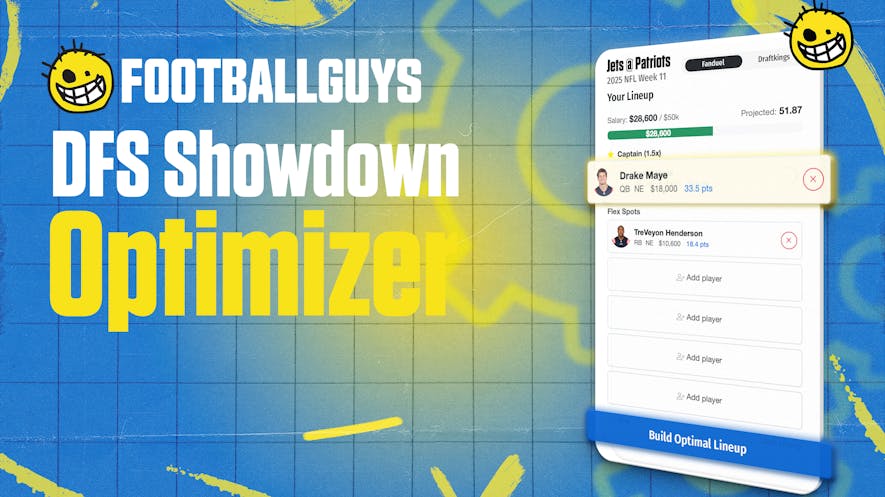The goal of standard fantasy leagues is to win the championship. On the other hand, the goal of Daily Fantasy Sports (DFS) is to increase your bankroll as much as possible. However, in my last article about the different types of games we realized that the games that offered the highest rate of return (GPP’s) also offered the highest risk. Comparing your rate of return to the level of risk on the return is one of the fundamental rules of financial investments and it is no different in DFS.
Here’s an example of why bankroll management is so important. Let’s assume we are the best DFS GPP player in the world. We can win large GPP’s that include 1,000 users at a rate of one every 100 games. If we had an unlimited amount of money and we could start a brand new GPP tournament every minute this would give us almost a 100% return on our investment (less site rake). Unfortunately we don’t have unlimited money or an unlimited number of games available each week. We are constrained by the number of games in a year and by our bankroll.
Now let’s assume our bankroll is $100 and each tournament costs $10 to play. If we simply entered the next 10 tournaments and expected to grow our bankroll to $200 we would be sorely disappointed most of the time. In fact over 90% of the time we would be broke by the end of the 10 tournaments. This is despite winning at such an incredible rate! In other cases we may have gotten very lucky and won $20,000! Again our goal is to have the largest bankroll possible by the end of the year and this means we can’t lose all our money. To do this we have to manage our risk.
Luckily for us there is a formula called the Kelly Criterion which is used for this type of risk management. It tells us exactly how much of our bankroll we can invest in any specific game by taking into consideration the payoff odds.
The Kelly Criterion formula is a simple formula and you can find several calculators on the internet to easily calculate it. It is defined as:
F = (bp-q)/b
- F is the fraction of the current bankroll to wager;
- b is the net odds received on the wager ("b to 1"); that is, you could win $b (and get a return of your $1 wagered) for a $1 bet
- p is the probability of winning;
- q is the probability of losing, which is 1 − p.
All of the inputs into the formula are very easy to calculate except for the probability of winning which unfortunately is a very large assumption. On top of that it is very hard to determine. We won’t know this true winning percentage until we have played thousands of games. I highly recommend if you are a new player to continually track your winning percentage and all current players to look at your historical results.

